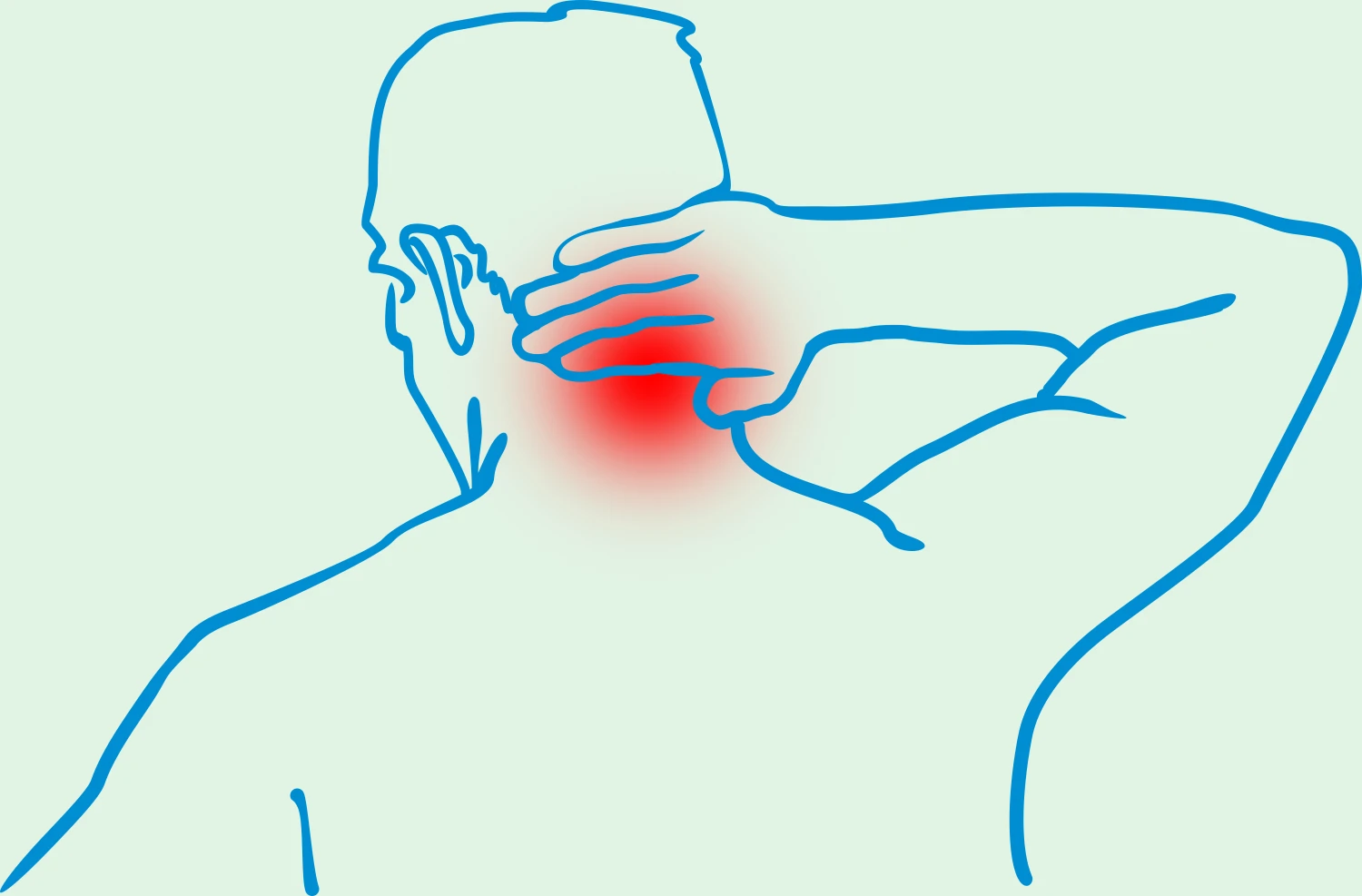To provide services at the highest level, we use cookies. Using the website requires you to choose settings related to their storage on your device. If you want to know what each type of cookie is used for, click the Details button below.
Osteochondrosis – symptoms, causes, treatment15 kwietnia 2024 |

Osteochondrosis is a degenerative joint disease characterized primarily by damage to joint cartilage and bone. Osteochondrosis most commonly affects the spine, but it can also occur in other joints such as the knee or elbow.
Osteochondrosis may result from genetic predispositions, but there is no evidence that it results from a specific mutation. It is believed that this predisposition is dependent on environmental factors and lifestyle.
For osteochondrosis, mattresses of medium firmness are recommended, providing adequate support for the spine. The Osaka Air mattress is the most rational choice here as it conforms to body shape and provides even weight distribution.
Treatment for Osteochondrosis depends on the progression of the disease and symptoms. It may involve physiotherapy, pain medication, strengthening exercises for the back muscles, manual therapy, and in some cases, surgical interventions. It is important to initiate treatment for osteochondrosis as early as possible to prevent further damage.
Osteochondrosis is more commonly associated with children and adolescents. It is a type of degenerative disease that occurs in younger individuals due to injuries, incorrect posture, physical overexertion, obesity, genetic predispositions, or an unhealthy lifestyle. The modern lifestyle, which is predominantly sedentary, leads to many neglects in terms of maintaining proper posture, which also contributes to the development of diseases.